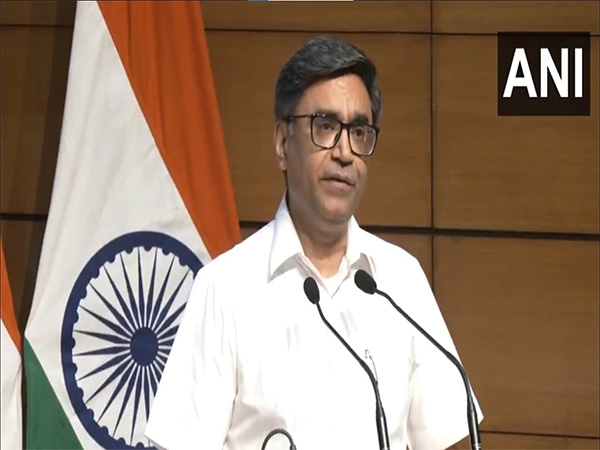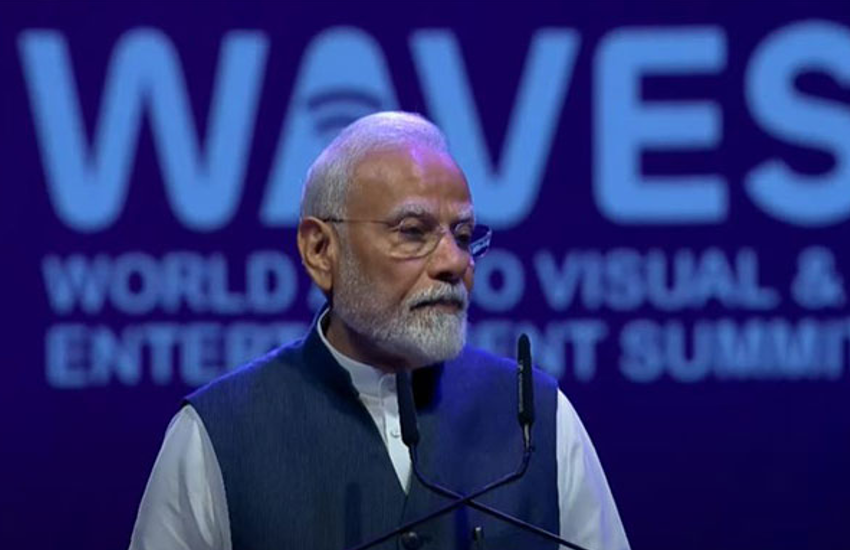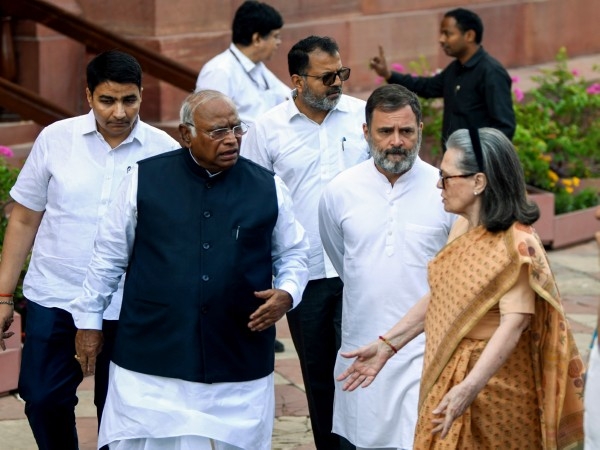Why govt defence of its growth estimates casts further doubt over its data

When every press release by the government becomes an exercise to make a political slogan of 'Acche Din' look real, the government departments lose their credibility. This is what has happened with the Ministry of Statistics and Programme Implementation (MOSPI) over the past year, under the NDA government. MOSPI released the growth data of Indian economy, hence the sanctity of its data should be unquestionable among economists and analysts of brokerage firms.
Growth numbers released by the current government department have created unprecedented controversy over the past year. Even the Reserve Bank of India governor, Raghuram Rajan, expressed his inability to comprehend the growth numbers released by MOSPI last year.
Also read - India the fastest growing economy? Nope! Guess again
On Tuesday, 31 May, when MOPSI released the GDP numbers for fourth quarter of 2015-16, it pegged India's growth at 7.9%. It was an astounding number for economists to believe, but government officials were quick to pat each other's back and call it the return of 'Acche Din'.
Here's what nice chairman of Niti Ayog, Arvind Panagariya, had to say on the social network site, Twitter:
Growth rate in the 4th quarter of 2015-16 at 7.9% almost hits the magical 8% mark. Good days ahead.
— Arvind Panagariya (@APanagariya) May 31, 2016
Manas Chakravarty puncturing government claim
In less than 24 hours, Manas Chakrvarty, in an article, punctured the government claim of a near 8% growth. In his article, he pointed out that a sharp increase in GDP, was achieved on the back of a sharp rise in an item called, 'discrepancies'.
He further said that these 'discrepancies', at constant prices, were Rs 1.43 trillion in the March 2016 quarter. In the March 2015 quarter, they amounted to Rs 29,933 crore in the March 2015 quarter.
"So the growth in "discrepancies" year-on-year was of the order of Rs.1.13 trillion, only a bit lower than the growth of Rs.1.27 trillion in private final consumption expenditure."
According to Chakravarty, if we leave out the push given by these discrepancies, the Indian GDP in the fourth quarter, at constant prices, goes up by only 3.9%.
Defending the government
To defend the government data, TCA Anant, chief statistician of India, in an Interview to Business Standard said, "The principal estimate, which has the most data and is the most robust, are from the production-side estimates, not expenditure side ones. Discrepancies arose on the expenditure side. It is useful for those who comment on economic growth to have knowledge about time series. It won't be difficult for people to look at past quarterly estimates both in the new and old series, to see there were many instances- both at the time of provisional and revised estimates- when such high or even higher discrepancies occurred".
It's a strange kind of defence by Anant. Its something to wonder as to whether TCA Anant, is trying to defend the current discrepancy of Rs 1.43 trillion on the basis of past discrepancies - casting an even bigger doubt over government data - or is he saying that the discrepancies do not matter at all, just because they are on the expenditure side and not the consumption side?
A discrepancy - whether on the side of production or expenditure - runs the risk of downward revision. Given the fact that corporate sales have been muted over the past year, it looks all the more plausible that the discrepancies worth Rs 1.43 trillion will have to be revised downward.
Also read - SBI plans to acquire six smaller banks. Is it a good idea?
The government has been doing downward revisions in different sectors quietly over the past year.
Government trend of downward revisions
In the third quarter of FY16 (data released in February), the Gross Value Addition (GVA) for manufacturing in the 3rd quarter of FY16, had grown at 12.6% compared to 1.7% in the same period last year. The number raised doubts, as the particular quarter was marred by the floods in Chennai, which accounted for a major loss of production for manufacturing companies.
In the latest estimates, the government has quietly reduced the manufacturing GVA for 3rd quarter to 11.3%. However. even this downward revision, does not reflect the real growth in manufacturing sector during the October- December quarter.
Turning the clock back
In the July-September quarter, the controversy erupted due to 2.2% growth in agriculture sector, despite India facing a severe drought. In that period, 302 of India's 640 districts had declared drought.
Again, in the latest data released by the government, a quiet downward revision for the July-September quarter of 2015-16 for agriculture sector, was done.
The latest figures say that India's agriculture grew only 2% in the second quarter of 2015-16.
Raising doubt
Apart from the past revisions, there are other indicators that raise doubt over the government data on GDP growth. For example, the latest data, for the fourth quarter of FY16, claims that GVA of electricity, gas and water supply and other utility services, grew at 9.3% , as against 4.4% in the same period last year.
The result of two bellwether companies - NTPC and Coal India Ltd - tell us that there has not been much demand in the electricity sector to support 9.3% growth in GVA.
While NTPC - the largest power producer in the country - reported a 7.73% drop in its standalone net profit at Rs 2,716.41 crore in the March quarter, due to low demand from discoms resulting in sales dip. Coal India reported a marginal 0.22% rise in consolidated net profit at Rs.4,247.93 crore for the fourth quarter of 2015-16.
The reason behind the flat growth in profit for Coal India is a supply glut. This is a result of low demand from power companies.
Going by the number of quiet downward revisions that the Indian government has been doing for the past three quarters, after giving unexpectedly high growth numbers, one would not be surprised if a few months down the line, the government were to make adjustments for discrepancies worth 1.43 trillion rupees in the GDP, accepting that India's real growth was much lower in the fourth quarter of FY16 than the initial claims of the government.
The habit of beating the drum when the estimates are high due to discrepancies, but keeping quiet when the real data forces downward revisions in growth data, only exposes the unethical approach of the government and how it uses its departments to paint a rosy picture of the economy while the reality is starkly opposite.
More in Catch - Jan Dhan Yojana: 21 crore new bank accounts, but is that enough?
Beyond the jumla: how far has Modi succeeded in acting against black money?
First published: 2 June 2016, 7:35 IST






![BJP's Kapil Mishra recreates Shankar Mahadevan’s ‘Breathless’ song to highlight Delhi pollution [WATCH] BJP's Kapil Mishra recreates Shankar Mahadevan’s ‘Breathless’ song to highlight Delhi pollution [WATCH]](https://images.catchnews.com/upload/2022/11/03/kapil-mishra_240884_300x172.png)

![Anupam Kher shares pictures of his toned body on 67th birthday [MUST SEE] Anupam Kher shares pictures of his toned body on 67th birthday [MUST SEE]](https://images.catchnews.com/upload/2022/03/07/Anupam_kher_231145_300x172.jpg)






